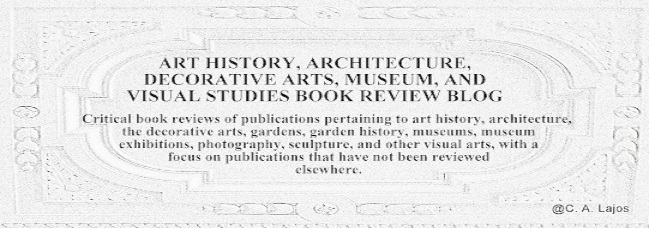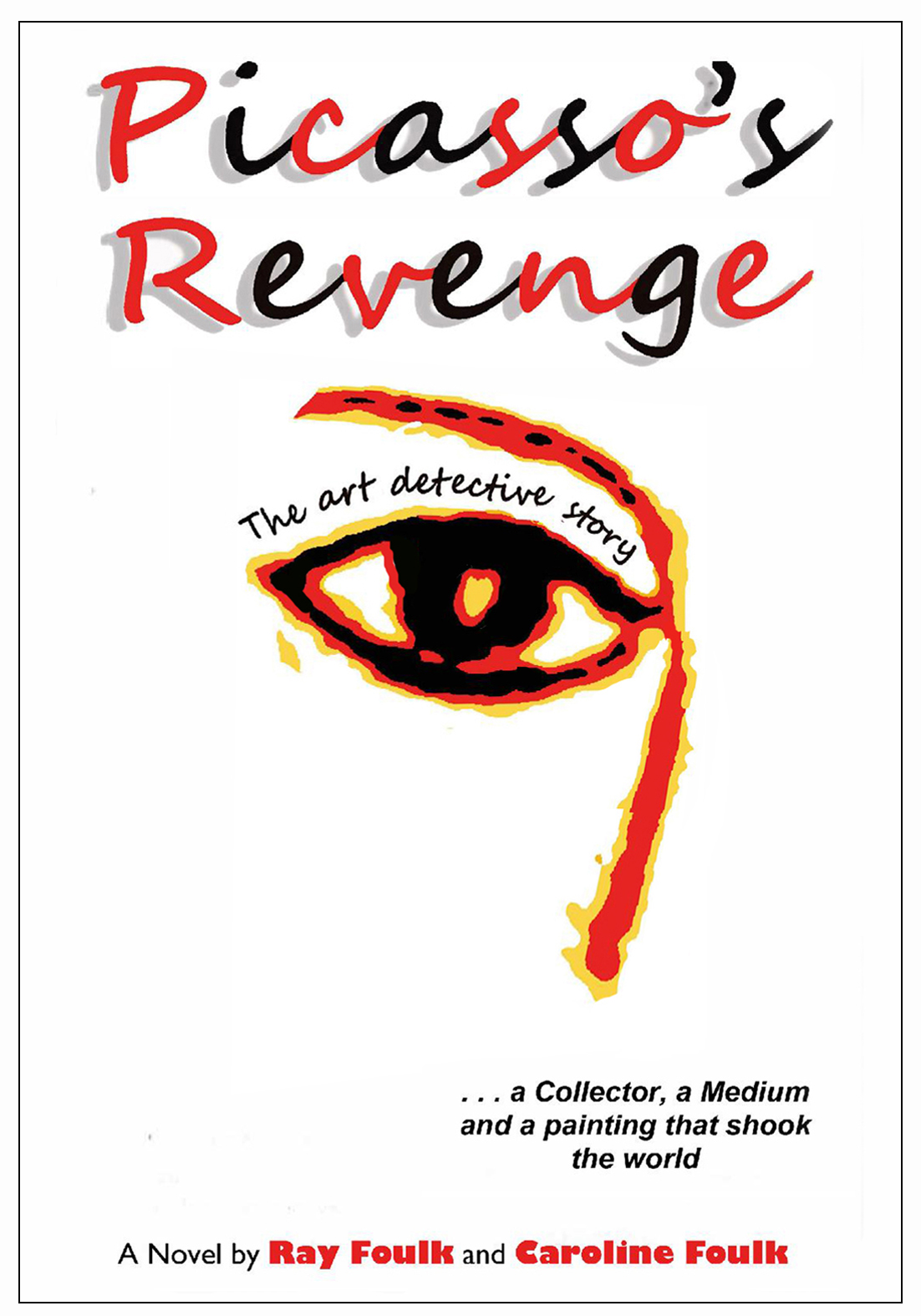HarperCollins. April 2011. c480p. bibliog.. illus. ISBN 978-0-06-158342-1. $35.00. Google eBook. $16.99. Kindle eBook. B004IWR37Y. $16.99.
In this publication, Graham (Bachelor of Arts, Comparative Literature, Columbia University; Master of Arts and Ph.D., U.S. History, University of California, Los Angeles; teacher of urban and environmental policy, School of Public Policy, Pepperdine University), a renown, Los Angeles- based garden designer, landscape architect, historian, writer, journalist, and environmental activist, presents a fascinating yet erudite history of American gardens. According to the author, for more than two hundred years, Americans have revealed themselves in their gardens, which have been rooted in time and place and have reflected our national spirit and concerns. To prove his thesis, Graham melds various methodological approaches, including biography, history, cultural commentary, literature, and horticultural studies, into a lengthy, discursive narrative, thereby resulting in a multivalent examination of American gardens and the people who have created them from the eighteenth century to the present. In seven chapters, Graham discusses what he considers to be the various types of American gardens in terms of broad historical categories: the Founding Gardens (1600-1826), parks and suburban gardens (1820-1890), Golden Age gardens (1880-1914), Arts and Crafts gardens (1850-1925), Californian gardens (1920-1960), post-modern gardens (1940s-2000), and contemporary gardens (2000- ). Within each era, he shows how the geometric and naturalistic aesthetic paradigms from the Renaissance and 18th century continued and were modified to suit the tastes of mostly wealthy and middle-class, American-born individuals, who sought to express themselves and their ideals through their gardens. Overall, Graham successfully distinguishes American gardens from their counterparts in other countries. While the author’s thesis that American gardens are unique yet reflective of various aesthetic, cultural, ethical, political, psychological, and social influences may not be entirely new, the original value of Graham’s text rests in its comprehensive, scholarly analysis of the subject and its vast, encyclopedic overview. Well-documented, with endnotes, a bibliography, and an index, this publication may need more reproductions (75 black-and-white reproductions and a 16- page color insert are included), to the extent that they further may illustrate and clarify the author’s main points for readers, who may get sidetracked by his approach. Enlightening, interesting, engaging, and accessibly-written, but not necessarily easy-to-follow, this foundational book, which serves as an intelligent guide to American gardens, will be of considerable interest to some garden lovers, students, scholars, professionals, and others. It is highly recommended for large public, academic, and special library collections. Uncorrected Proof. Availability: Amazon.com, Amazon Kindle eBook, Barnes & Noble.com,Google eBook














